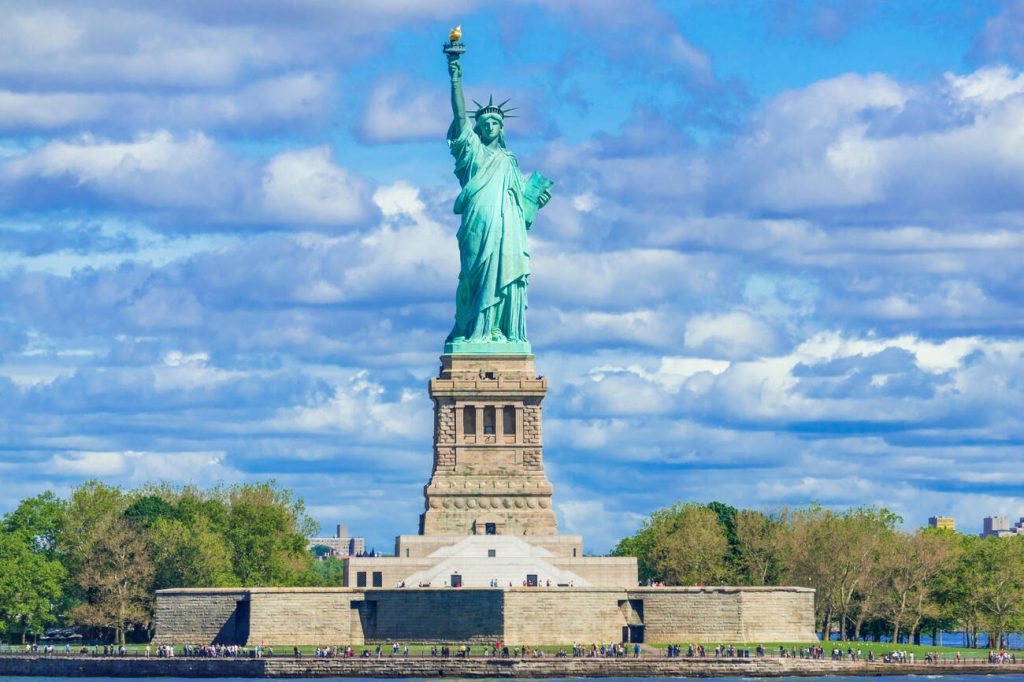Did you know that in the United States, only a small percentage of bankruptcies are involuntary filings by creditors, with the vast majority being voluntary petitions by debtors? Understanding the circumstances that can lead to a debtor being forced into bankruptcy can shed light on the intricate legal processes involved. From the thresholds that trigger involuntary bankruptcy to the complexities of navigating bankruptcy courts, there are various factors at play. Stay tuned to uncover the nuances of this process and gain insight into the pivotal role that creditors and the legal system play in shaping the outcome.
Initiating Involuntary Bankruptcy
When initiating involuntary bankruptcy proceedings, creditors must meticulously detail the reasons compelling them to pursue such legal action against the debtor. It is crucial to understand the potential consequences that bankruptcy can have on all parties involved. Debt resolution becomes a primary focus during these proceedings, as creditors seek to recoup as much of the outstanding debt as possible. Asset protection strategies may need to be reevaluated to safeguard assets from potential loss in the bankruptcy process. Effective loan management practices are essential for both creditors and debtors to navigate the complexities of bankruptcy proceedings successfully. In cases of involuntary bankruptcy, businesses might find themselves under the supervision of the court, which can significantly impact their operations. Therefore, it is imperative for creditors to carefully consider all aspects of initiating involuntary bankruptcy to ensure a strategic and legally sound approach to resolving outstanding debts.
Debtor’s Response and Rights
Involuntary bankruptcy proceedings present debtors with a critical opportunity to assert their rights and respond strategically to the petition filed against them by creditors. When faced with an involuntary bankruptcy filing, here are some key aspects to consider:
- Debtor Protections: Debts in dispute or contingent debts may not be subject to involuntary bankruptcy, providing some protection for debtors.
- Legal Defenses: Debtors have the right to contest the creditor’s justifications for the bankruptcy, and if successful, may receive compensation for costs incurred.
- Court Proceedings: Debtor’s objections will lead to a hearing before a judge who will decide on the validity of the involuntary bankruptcy petition.
Limitations on Filing Involuntary Bankruptcy
Debtors facing involuntary bankruptcy proceedings can find protection from certain debts as they navigate the limitations on filing for this type of bankruptcy. Legal thresholds serve as a barrier to filing, where a single creditor must meet a specific threshold amount to initiate the process. Creditor requirements dictate that less than 12 unsecured creditors are needed for a single creditor to file, while multiple creditors require at least three participants and a threshold amount of unsecured debt collectively. Involuntary bankruptcy is not applicable for disputed debts or contingent liabilities, ensuring that only clear and undisputed debts can trigger this process. Moreover, certain entities like farmers and specific organizations are exempt from being subjected to involuntary bankruptcy, providing additional protection for these groups. Understanding these limitations is crucial for debtors and creditors alike when considering the complexities of involuntary bankruptcy proceedings.
Criteria for Creditors in Involuntary Bankruptcy
To participate in an involuntary bankruptcy filing, creditors must meet specific criteria regarding the amount owed and the number of participants involved. When considering whether to file for involuntary bankruptcy, here are some key points to keep in mind:
- Creditor qualifications: Creditors must have a valid claim against the debtor and meet certain requirements outlined in the Bankruptcy Code.
- Threshold amounts: There are specific thresholds for the amount owed that must be met before creditors can initiate an involuntary bankruptcy.
- Creditor justifications: Creditors must provide valid justifications for pursuing involuntary bankruptcy, ensuring that the filing is not arbitrary.
In cases involving multiple creditors, each creditor must individually meet the criteria for filing, and there must be at least three participating creditors. Additionally, the debts claimed by the creditors must be unsecured and undisputed to proceed with an involuntary bankruptcy filing. Understanding these criteria is essential for creditors considering this legal action.
Exclusions and Protections in Bankruptcy
Exclusions and protections in bankruptcy encompass critical provisions that safeguard certain entities and assets from the proceedings. Asset exemptions play a significant role in shielding specific properties from being included in the bankruptcy estate, allowing debtors to retain essential belongings. Creditor disputes can halt the involuntary bankruptcy process, as debts under contention cannot be grounds for initiating such proceedings. Non-profit entities are often safeguarded from involuntary bankruptcy, recognizing their charitable nature and the potential detrimental impact bankruptcy could have on their operations. Contingent debts, which depend on the occurrence of a future event, are generally not eligible for inclusion in involuntary bankruptcy petitions. Bankruptcy protections ensure that certain entities, such as banks and government organizations, are shielded from being forced into bankruptcy against their will, preserving the stability of critical institutions. Understanding these exclusions and protections is crucial for navigating the complex landscape of bankruptcy proceedings effectively.





